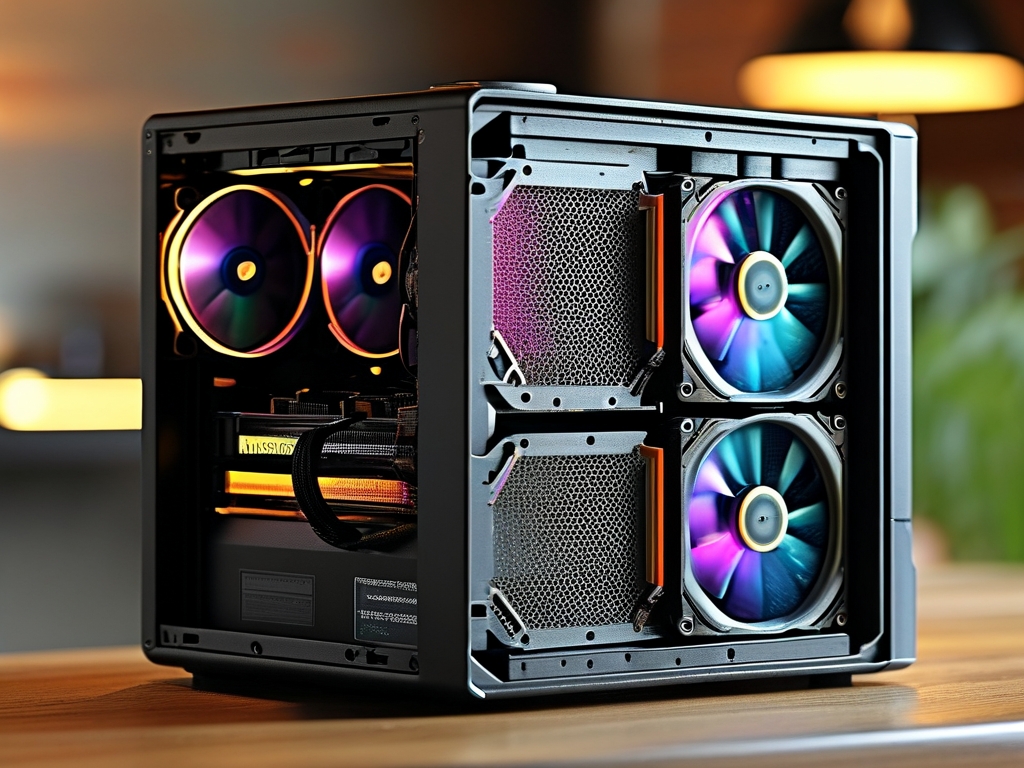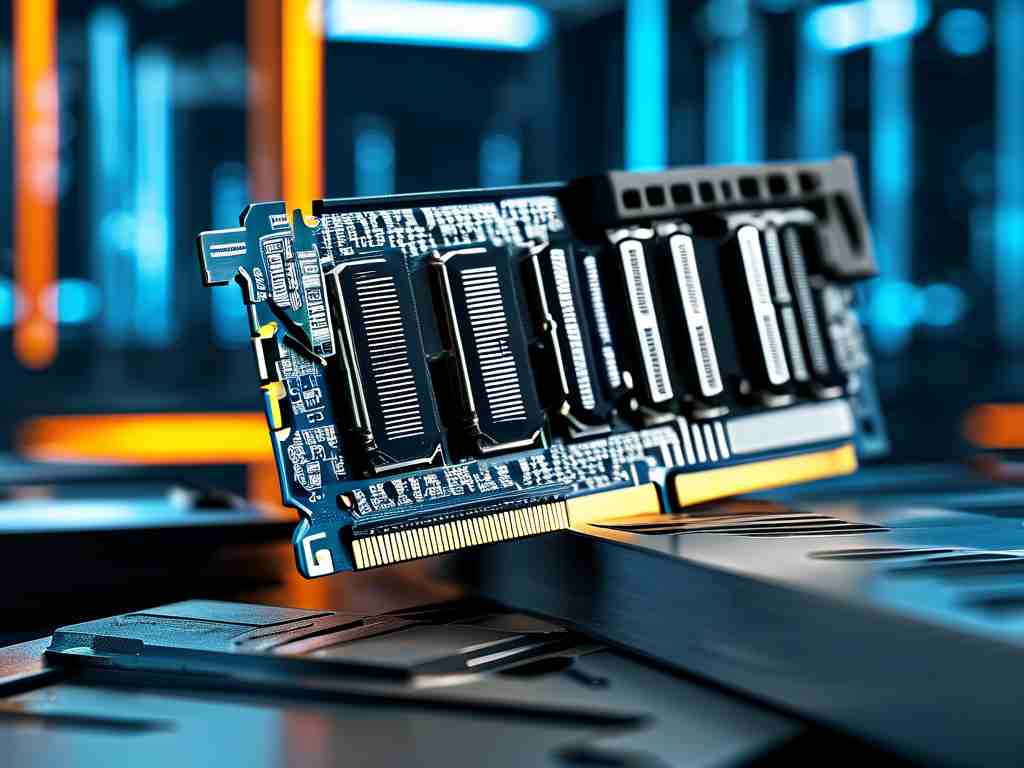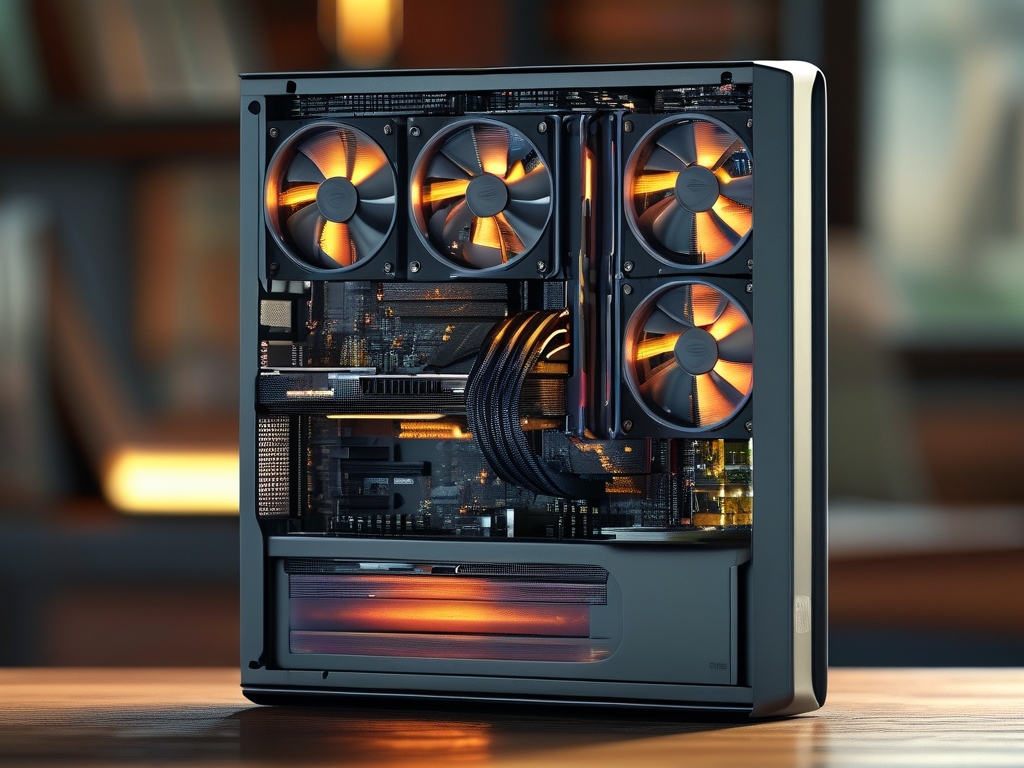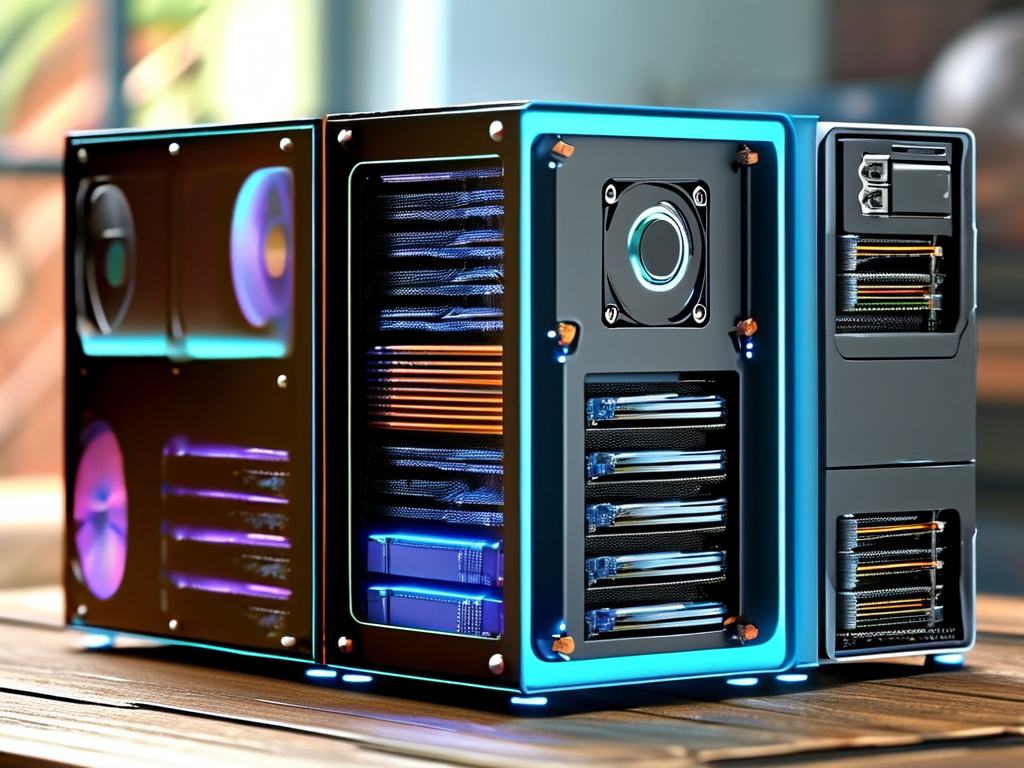In the era of big data and real-time analytics, in-memory computing frameworks have emerged as critical tools for organizations seeking to process massive datasets with low latency and high throughput. Unlike traditional disk-based systems, these frameworks leverage RAM to store and process data, eliminating I/O bottlenecks and enabling near-instantaneous computations. This article explores common in-memory computing products, their features, and use cases.

What Is In-Memory Computing?
In-memory computing (IMC) refers to technologies that store data in a system’s main memory (RAM) rather than on physical disks. By avoiding disk access, IMC frameworks drastically reduce latency, making them ideal for applications requiring real-time insights, such as financial trading, IoT analytics, and personalized recommendations.
Key In-Memory Computing Products
Below are widely adopted frameworks and platforms in the IMC ecosystem:
1. Apache Spark
Apache Spark is one of the most popular open-source distributed computing systems. Its in-memory data processing engine allows iterative algorithms and interactive queries to run up to 100x faster than Hadoop MapReduce. Spark’s Resilient Distributed Datasets (RDDs) enable fault-tolerant data sharing across clusters, while its libraries (Spark SQL, MLlib, and GraphX) support diverse workloads like machine learning and graph processing. Major companies like Netflix and Uber use Spark for real-time log analysis and predictive modeling.
2. Hazelcast
Hazelcast is a distributed in-memory data grid (IMDG) designed for high-speed data access and scalability. It provides distributed data structures (e.g., maps, queues) and supports event processing with its Jet engine. Hazelcast’s lightweight architecture makes it suitable for microservices, caching, and real-time inventory management. Companies like JPMorgan Chase use Hazelcast to power low-latency trading systems.
3. SAP HANA
SAP HANA is a commercial in-memory database platform combining OLAP, OLTP, and analytics into a single system. Its columnar storage engine accelerates query performance, enabling businesses to analyze terabytes of data in seconds. SAP HANA is widely used in enterprise resource planning (ERP), supply chain optimization, and real-time financial reporting.
4. Redis
Redis (Remote Dictionary Server) is an open-source, in-memory data store supporting key-value structures with optional persistence. Known for its sub-millisecond latency, Redis excels in caching, session management, and leaderboard systems. Advanced features like geospatial indexing and pub/sub messaging have made it a favorite for gaming and social media platforms.
5. Apache Ignite
Apache Ignite is a distributed database and computing platform with in-memory speed and ACID compliance. It integrates with existing databases like MySQL and Oracle, acting as a caching layer or a standalone transactional system. Ignite’s machine learning library and SQL-99 support make it versatile for real-time analytics and hybrid transactional/analytical processing (HTAP).
6. MemSQL (Now SingleStore)
SingleStore (formerly MemSQL) is a cloud-native database that combines rowstores for transactional workloads and columnstores for analytics. Its in-memory architecture supports real-time dashboards and ad-hoc queries, with use cases in fraud detection and customer 360 applications.
Comparative Analysis
Each framework caters to specific needs:
- Spark excels in batch and stream processing.
- Hazelcast and Redis focus on low-latency caching.
- SAP HANA and SingleStore target enterprise-scale analytics.
- Ignite bridges OLTP and OLAP workloads.
Use Cases Across Industries
- Finance: Real-time risk analysis and algorithmic trading.
- Retail: Personalized recommendations and inventory optimization.
- Healthcare: Genomic data processing and patient monitoring.
- Telecom: Network fraud detection and customer churn prediction.
Challenges and Considerations
Despite their advantages, in-memory frameworks face challenges:
- Cost: RAM is more expensive than disk storage.
- Data Volatility: Memory-resident data requires robust persistence mechanisms.
- Scalability: Distributed systems demand careful cluster management.
Future Trends
The rise of hybrid cloud deployments and non-volatile memory (e.g., Intel Optane) will further enhance IMC adoption. Integration with AI/ML pipelines and edge computing is also expected to grow.
In-memory computing frameworks are reshaping how organizations handle data-intensive tasks. By understanding the strengths of products like Spark, Hazelcast, and SAP HANA, businesses can choose the right tools to meet their performance and scalability needs. As hardware evolves and software ecosystems mature, IMC will continue to drive innovation in real-time data processing.









